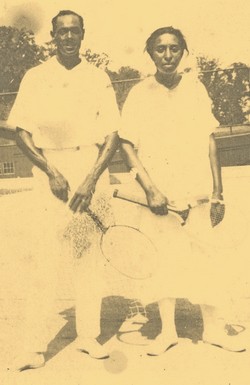Equal Pay for Pro Tennis
The “Equal Pay” argument has made its way into professional tennis.
13th-ranked Gilles Simon, a member of the ATP Player Council, stirred up the debate over equal prize money at Wimbledon with comments like these:
“My point of view was just about the entertainment. If you just watch how it is working in every other sport, even for the singers, you’re just paid by the public directly. My point was that I have the feeling that men’s tennis is actually more interesting than women’s tennis. As in any business or anything, you just have to be paid just about that. It’s not because we play five sets and they are playing three.”
Maria Sharapova’s response?
“I’m sure there are a few more people that watch my matches than his.”
Serena Williams just laughed and covered her face before agreeing with Sharapova.
“Definitely a lot more people are watching Maria than Simon. She’s way hotter than he is. Women’s tennis, I think, is really awesome.
“It’s a great fight. We fought for years with Billie Jean King, and Venus as well, really set the pattern on what we should do.”
Women have fought long and hard for parity in compensation in professional tennis. And, their argument is pretty good. People who love tennis enjoy watching women play just as much as they do men.
Or do they? Wimbledon charges more for tickets to the men’s singles final than the women’s. This year, for example, a seat at Centre Court for the men’s final costs $185, while tickets are about $160 for the women’s which would suggest that the men’s match is more “interesting” and entertaining than the womens.
And, in a situation like the Wimbledon finals where you’d expect to be sold, the men will deliver more revenue than the women – swinging the argument back in Simon’s favor.
It would seem to me that the question now is: Who decided on the lesser price for women’s tickets and why?
Is it simply because it’s “always been that way” or is it because women’s tennis IS less of a draw than men’s? If it’s the latter, maybe Simon has a valid point.

